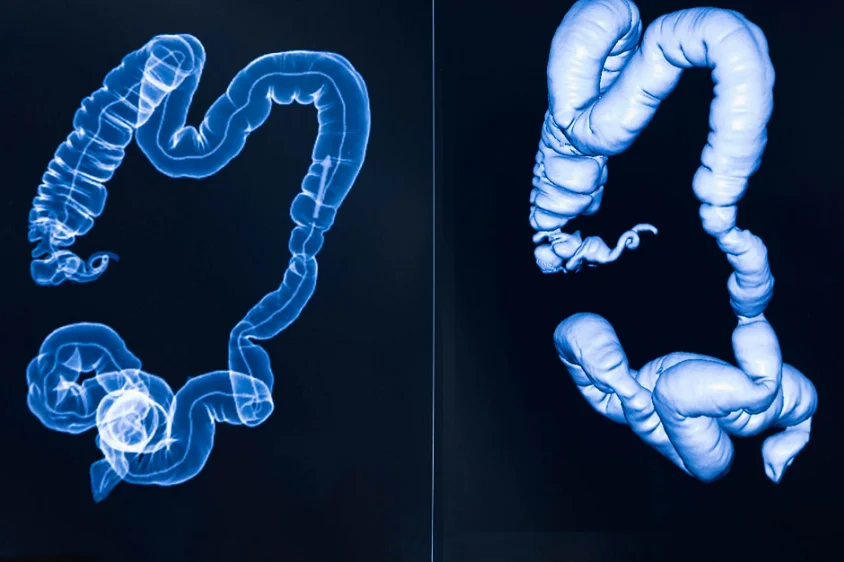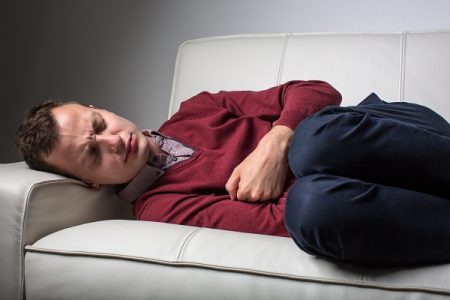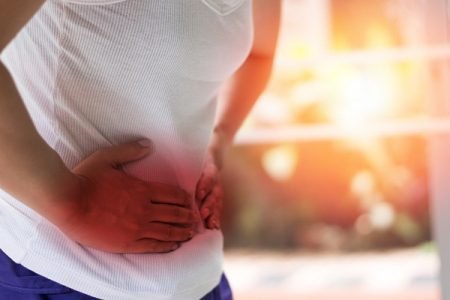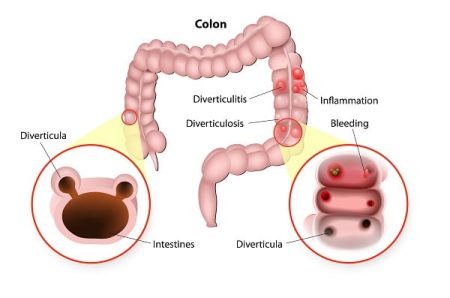
Diverticulitis can be treated with antibiotics and the liquid diet. However, if the condition is chronic, the disease may recur. In both the cases, treatment of diverticulitis is more or less same. Treatment options are of three types depending on the stage and severity of diverticulitis. These are:
- Home treatment
- Hospital treatment
- Surgery
Treatment in Home
When the symptoms are mild, the patient can be treated at home. Treatment at home involves complete bed rest for few days or more and antibiotics to treat the infection. Your doctor may likely recommend:
- Antibiotics like metronidazole (Flagyl) and ciprofloxacin (Cipro) to treat infected diverticula
- Liquid diet for few days to give rest to the bowel
- Over-the-counter painkillers for abdominal pain
This above-mentioned treatment is successful in 70-80% cases of mild diverticulitis.
Read about symptoms of diverticulitis.
Treatment in Hospital
Mild symptoms can be treated at home with rest and the liquid diet. However, if the patient has developed any complications, the doctor may ask him/her to get admitted to the hospital. There might be a blockage in bowel or there may be pus-filled diverticula that need attention.
For treatment of diverticulitis, the doctor may recommend:
- Intravenous antibiotics
- Insertion of a tube to drain an abscess (pus-filled sac)
Although this takes one or two days, the doctor may ask the patient to stay longer in order to monitor the treatment. Complete recovery depends on the lifestyle and food habits of the person but usually takes a week or more.
Surgery
Often diverticulitis recurs or the infection may not respond to the antibiotic treatment. Apart from resistance to antibiotics, there are other complications like:
- perforations in the intestine
- pus-filled diverticula
- fistula
In such cases, doctors suggest surgery to remove the part of the colon where diverticula are infected. Full recovery in such cases takes a month on the basis of lifestyle changes adopted by the patient.
Two types of surgery options are available. These are:
- Primary bowel resection surgery
- Bowel resection with colostomy
Primary Bowel Resection
A surgeon removes the portion of the intestine where diverticula are infected and then reconnects the healthy portion. This allows the patient to have the normal bowel movement. Depending on the amount of infection and inflammation, the surgeon may opt for minimally invasive surgery (laparoscopic) or open surgery.
Bowel Resection with colostomy
A colostomy is done in the cases of severe infection and inflammation. Surgeon opts for colostomy when it is not possible to rejoin colon and rectum because of infection. In this case, an opening in patient’s abdominal wall is connected to the healthy part of the colon. Waste passes through this opening into a bag. As the inflammation has eased, the colostomy is reversed and bowel is reconnected.
Follow ups and taking care
As there are chances of recurrence of diverticulitis, the patient is advised to regularly visit the doctor and take follow-ups. Increasing the amount of fiber in the diet with fruits, vegetables or fiber supplements reduces the chances of recurrence.
The person is advised to take plenty of water and fluids on a daily basis. Immediate consultation is required is he/she notices any of the symptoms again.






